Sightseeing with Welcome Office
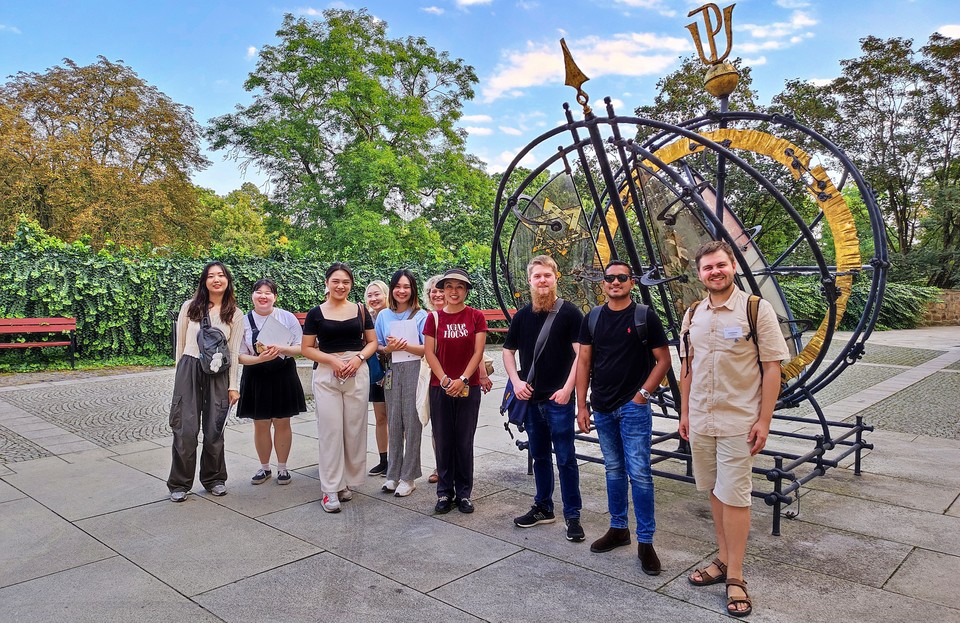
Palacký University Welcome Office organizes a tour of Olomouc for foreign students and foreign employees once per semester. Come with us to see the churches, squares, and other monuments, and learn more about the history of the city located in the heart of Moravia. Dates and other information are listed below. In the academic year 2024/2025, the Welcome Office organizes two city tours in each semester.
The tour for foreign students and employees of Palacký University takes approximately 90 minutes. Participants will meet in front of the astronomical clock on Horní náměstí in Olomouc. The capacity is 30 people, and the entrance is free.
| Organiser | Welcome Office Team |
| Date | Stay tuned for the winter semester |
| Meeting Point | Astronomical Clock of the Town Hall |
| Target Group | International Students and Employees |
| Registration | Stay tuned for the winter semester |
For individuals and university departments interested in organizing group sightseeing tours, please contact us directly at welcome@upol.cz.
The Holy Trinity Column
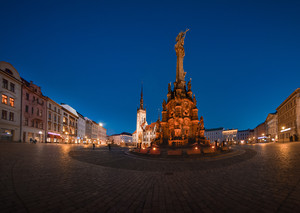
It is not only the most important monument in Olomouc, but also the largest group of Baroque sculptures in Central Europe. There are a total of 30 of them on the column - 18 statues of saints and 12 light bearers (= lucifers, i.e. fallen angels). In addition, reliefs with the figures of the apostles and a separate statue of the Virgin Mary can be found there. The top of the column, which is 30 meters high, is decorated with the sculpture of the Holy Trinity. The column was inscribed on UNESCO’s World Heritage List in 2000. Its’ builder Václav Render and also sculptor Filip Sattler were natives of Olomouc.
Sts Cyril and Methodius Faculty of Theology
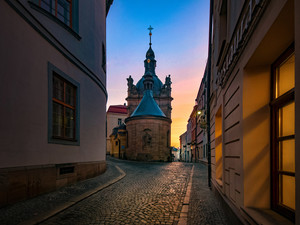
It is the oldest faculty of the Palacký University, it was founded by Jesuits as early as 1573. This act is considered to be the foundation of the University of Olomouc. In addition to theology, philosophy, law and medicine also began to be taught there in the following years. The prominent geneticist Gregor Johann Mendel studied in this building in the first half of the 19th century, which is also commemorated by a memorial plaque. The faculty was abolished and again restored several times, most recently in 1990.
The Armoury (Library)
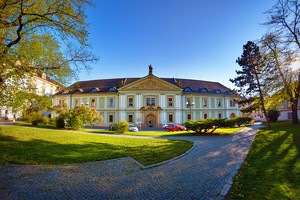
The building which is the seat of the Palacký University Library today was built in the 1870s. Its location in front of the Archbishop's Palace is not accidental - it was intentionally chosen by the state authorities in order to block a view of the palace. The building served its original purpose until the end of the 20th century, when it was transformed into a library. Thus, the motto of the humanist philosopher Comenius "Make libraries from armories” was fulfilled. This motto can be found in an artistic design on the floor of the entrance to the building. The original purpose of the building is still remembered today by the statue of the Roman god of war Marta, which is placed above the entrance from the north.
The Monastery of the Order of Saint Clare
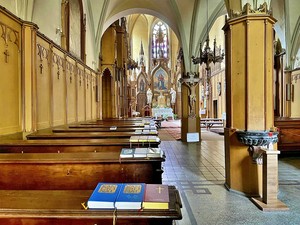
Originally a Gothic monastery from the end of the 13th century, it was rebuilt in the Baroque style in the middle of the 18th century. In 1782, however, it was closed as a result of the reforms of Joseph II. In the following years, the premises housed a library. Since the beginning of the 20th century, the area has been used as a museum of natural history and Egyptian collections, today the building houses the Regional Museum in Olomouc.